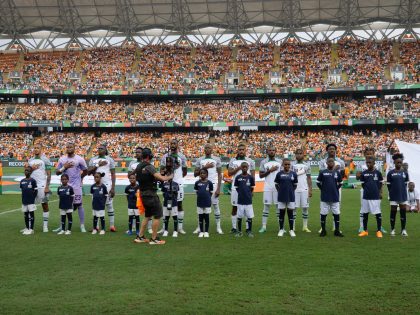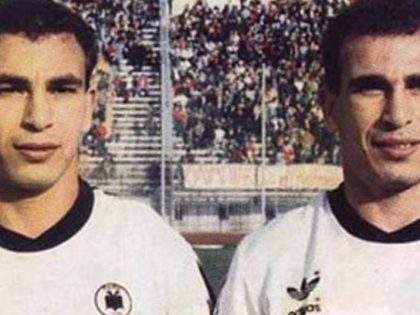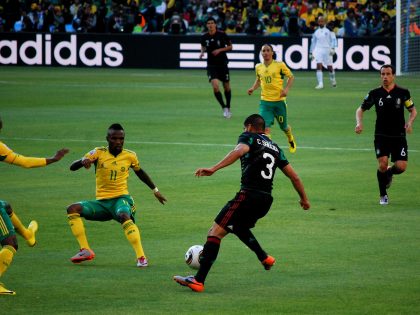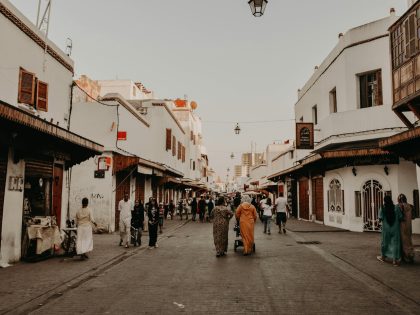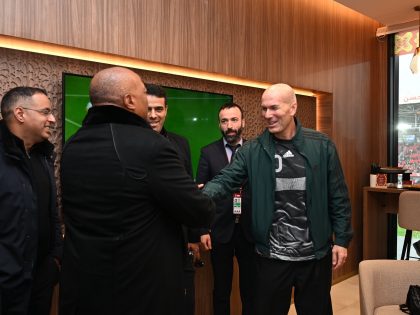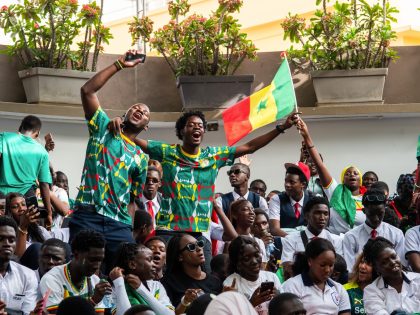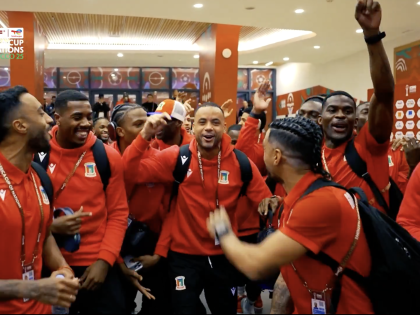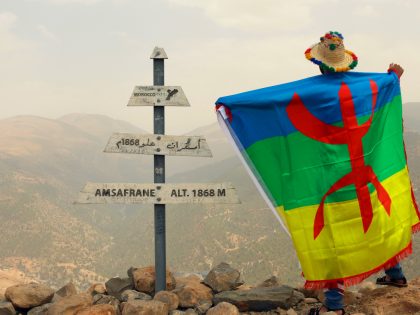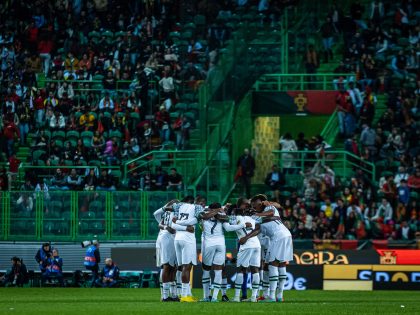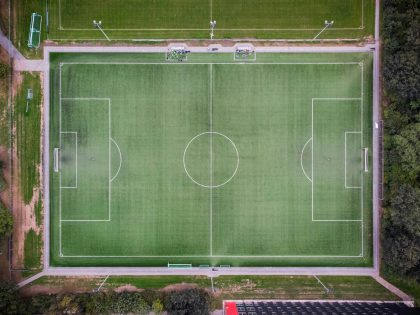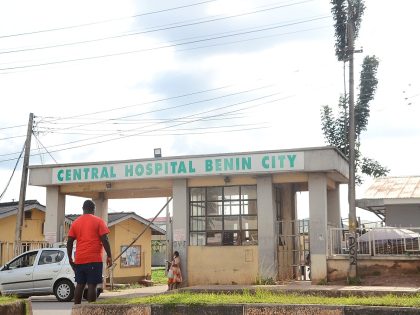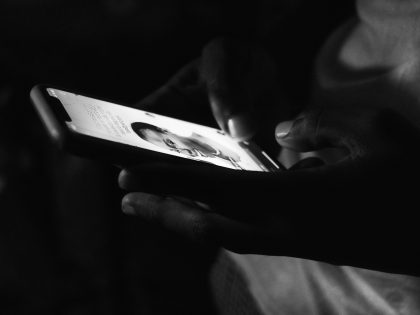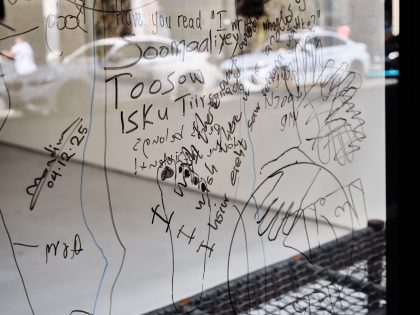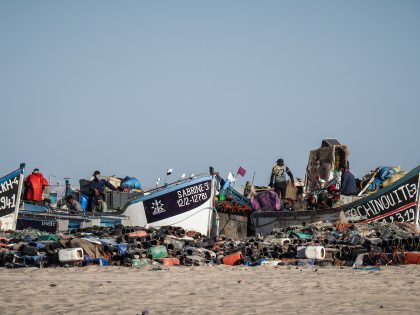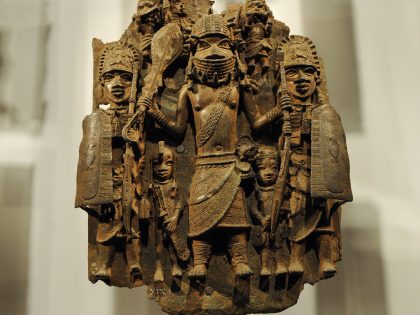War and peace in Côte d’Ivoire

By the end of 2004, Côte d’Ivoire’s civil war had cooled to a simmer, but the country remained split, with a rebel-held north and a government-held south. What do these divisions mean to people on the move, late for christenings, doctor’s appointments, and dinners with friends? In an essay that will be published in the forthcoming issue of Transition, Siddhartha Mitter recalls a slow road trip to Korhogo:
The filling station was no longer a filling station. The pumps had been removed, but the plaza remained, and so did the fluorescent lights, which now bathed in their tepid glow a low-slung cement building and, to either side, a clutch of white-sided vans parked tidily in a row, some with passengers sleeping on board. It wasn’t clear where one might go to get fuel, but the larger question was whether we could leave at all. At the checkpoint at the entrance of town, the rebel soldiers told us the roads were closed for the night, and that our van should park with the others and proceed at first light. Because of the innumerable checkpoints it had taken five hours instead of the usual three to get from Bouaké to this place, Niakara, where the road to Korhogo branched off from the main highway that ran north toward Mali. […]
Prior to the issue’s release, read Siddhartha’s full piece here.
Photo credit: Camille Millerand.
